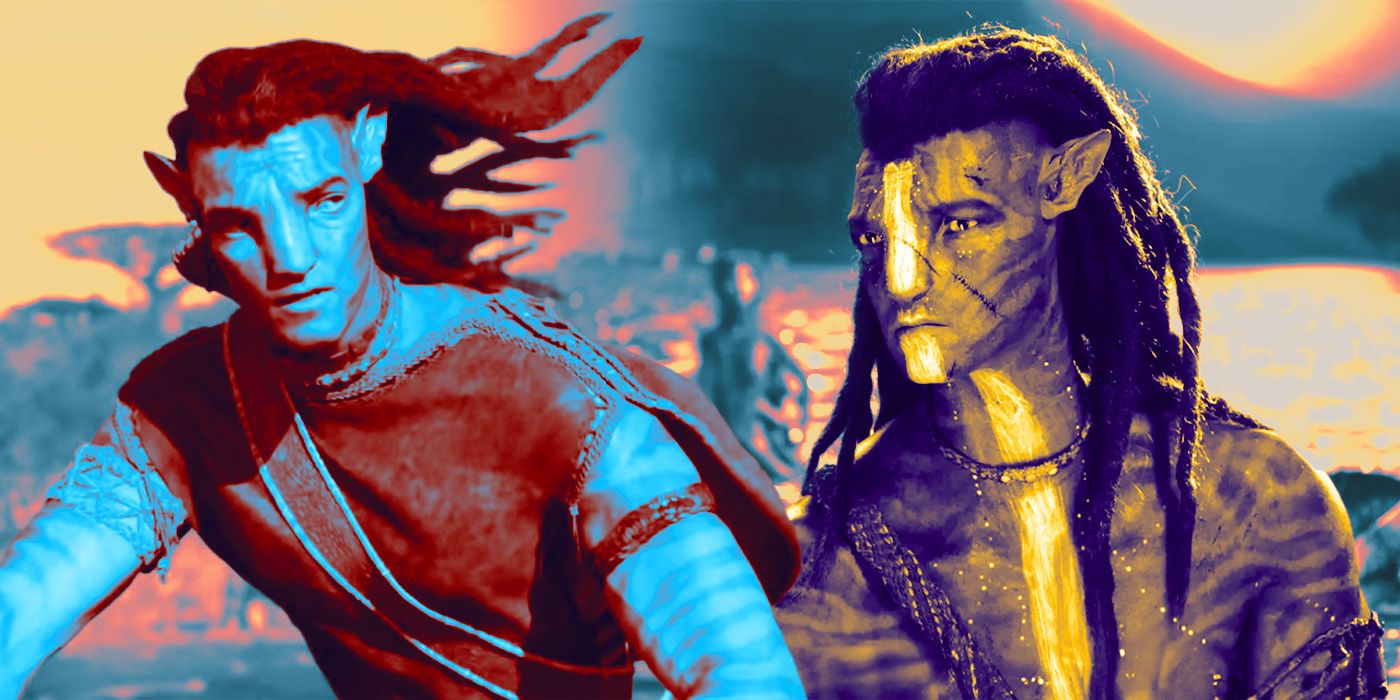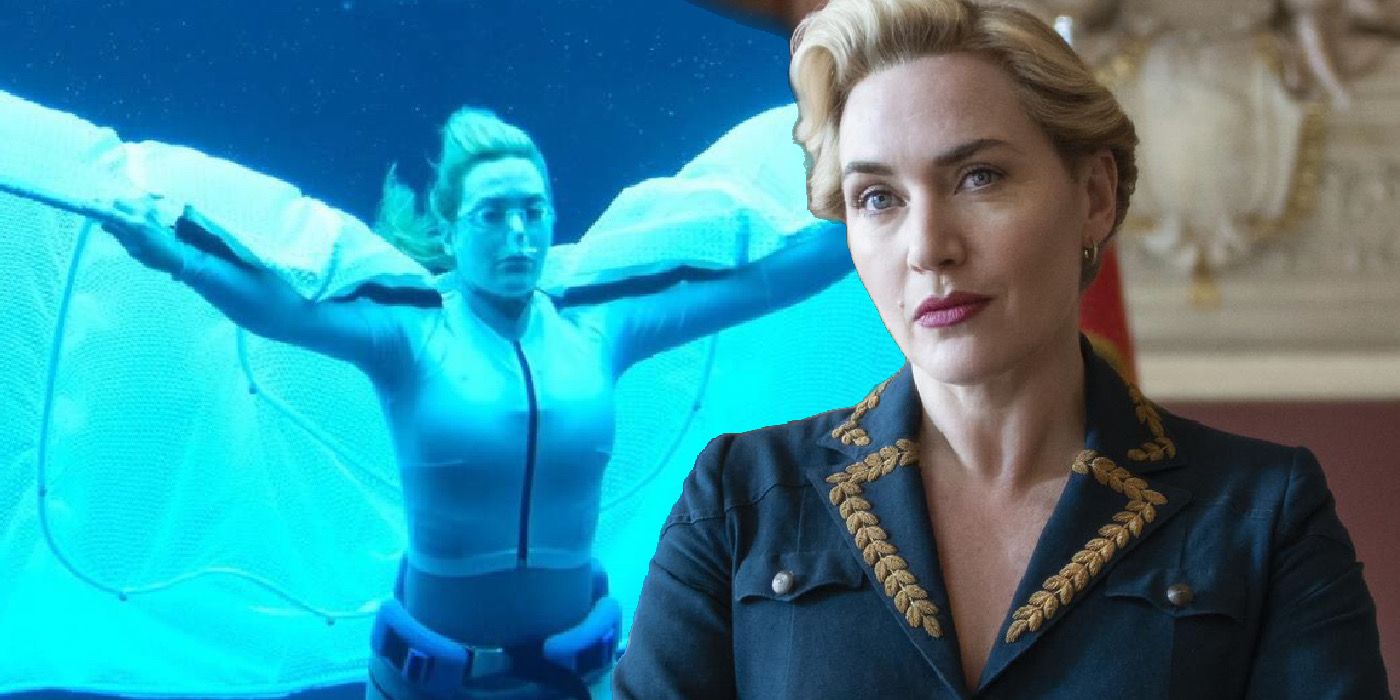Summary
-
Avatar
‘s VFX artist Robert Legato also worked on the live-action 2019 film
The Lion King
‘s visual effects and explained how the former influenced the latter. - Motion capture techniques used in
Avatar
paved the way for
The Lion King
, with its technology changing the realist factor of the Disney remake. - Motion capture technology is widely used and advancing, with James Cameron as a supporter.
What do The Lion King and Avatar have in common? According to VFX artist Robert Legato, quite a bit, as it turns out. The artist recently explained how Avatar‘s groundbreaking VFX technology helped shape Disney’s 2019 remake of The Lion King.
Award-winning VFX artist Legato — who worked with James Cameron on Avatar — sat down with Corridor Crew and broke down how the highest-grossing film of all time paved the way for The Lion King‘s visual effects. In a video entitled “VFX Artists React to Bad & Great CGi 139,” Legato explained that Disney’s 2019 live-action retelling of The Lion King relied heavily on technology first pioneered by Avatar. In particular, Legato honed in on the motion capture techniques employed by both Avatar and The Lion King.
Legato explained that the ‘live-action’ scenes in The Lion King were actually created via motion capture and special effects — the production shot the film with physical actors providing references for animators. Actors wore special suits so that each movement and facial expression were faithfully captured and later recreated via computer-generated imagery. This helped the production capture “simple little things” such as microexpressions, making the resulting model look and feel more realistic. This also means that The Lion King was shot with an actual set, cameras, and physical actors.

Related
Could the Avatar Sequels Go Beyond Jake Sully, and Should They?
Is it time for James Cameron’s epic saga, Avatar, to pass the reins?
How Avatar Made Use of Motion Capture
Avatar famously took nearly 15 years to make it from the script to the screen. Part of the reason for the delay was its effects — Cameron and his collaborator, Weta Workshop, were concerned with making the sci-fi film feel real (a feat that the film famously accomplished), requiring the development of specialized technology. A virtual camera system was developed; actors wore headsets that captured their expressions more closely.

Related
Kate Winslet Says She Forgot She Was in Avatar: The Way of Water
Kate Winslet says that despite “intense two months back in 2018” she often forgets she’s in the Avatar sequel.
Cameron further developed the technology while filming Avatar: The Way of Water. The film, which came out 14 years after the first Avatar, required the development of techniques to capture performances underwater. The Avatar: The Way of Water production then filmed its performers underwater and translated their performances into CGI models. Coincidentally, that meant the production also required its performers to learn how to free dive — Avatar: The Way of Water currently holds the record for longest underwater breath by a performer, showcasing the physical reality of filming a motion capture production, even if the final product is animation.
Motion capture or ‘mo-cap’ technology is now widely used in the industry. Cameron is among its most ardent supporters, but he does not stand alone. Actors such as Andy Serkis, famed for his use of motion capture technology in both the Lord of the Rings trilogy and the rebooted Planet of the Apes films, have praised the technique. As it continues to advance, the technology will likely become even more widespread — and possibly even more realistic.



